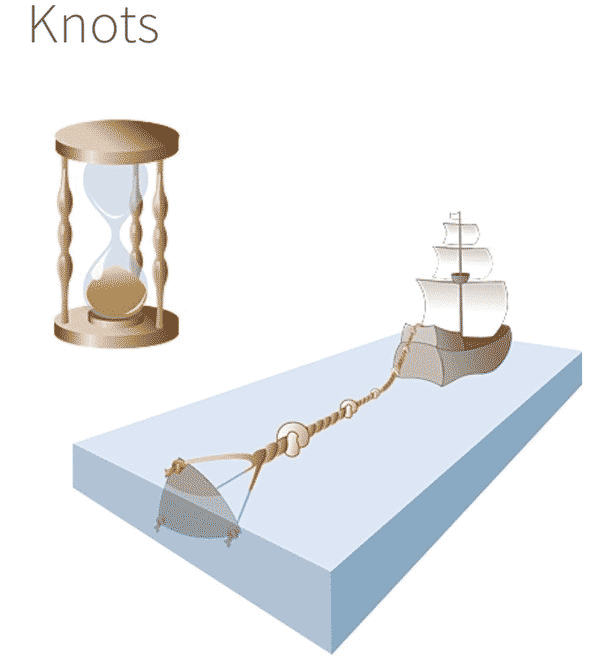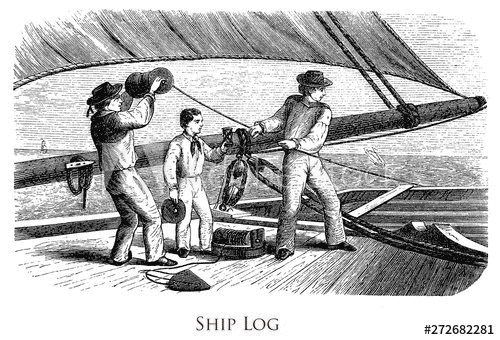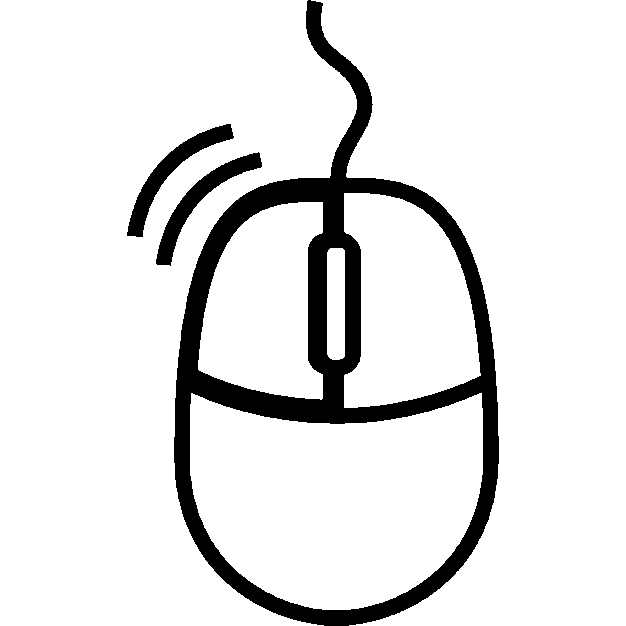

Foreword
FOREWORD
By
COMMANDER STEPHEN KING-HALL, R.N.
THOSE of you who enjoy drifting into an easy
chair will, I think, find "Knots in a Sailor's
Life " very interesting. It breathes the real
spirit of the sea.
STEPHEN KING-HALL.
Author's Preface
It had been my original intention to name this book
"MILESTONES IN A SAILOR'S LIFE", but when it was
pointed out to me that milestones played no part in a
sailor's life, I substituted "Knots" for "Milestones".
Most people know that the term " knots " indicates
the miles per hour that a vessel is travelling, but many
people do not know how the expression originated.
Those who have travelled in ships have seen the log
hove to ascertain at what speed the vessel is travelling,
and have observed that after the logship has been hove
over the taffrail and a length of drift-line paid out,
the order " turn " is given, whereupon the sandglass
is turned. It is the number of knots on the log-line that
pass the taffrail while the sand runs in the glass, that
indicates the sea-miles the vessel is travelling. The
log-line is marked by knotted cords spliced into it.
In this book I record the knots that have passed the
taffrail of my life while the sand of my hour-glass has
run.
T. J. ELDRIDGE.
 The Earth is not exactly a sphere but the sailors consider it to be so.
The Earth is not exactly a sphere but the sailors consider it to be so.Latitudes are the virtual lines parallel to the equator. The longitudes are all the circles (or meridians) passing by the two poles. Whether they pass through Greenwitch, Paris or Peking, the "meridians" are always of the same lengh.
The MERIDIANS:
Their circumference thus, is approximately 40,000 kilometres long ― or 40,000,000 metres if you prefer ― forty million metres.
That circle divided by 360 gives you the value of "one" degree = 111,111.11 m. ― one hundred eleven thousand one hundred eleven metres.
The "degree" divided by 60 gives you the lenght of "one" minute of latitude which is: 1851.8519 metres long.
So, by definition (…) one minute of latitude is equal to 1852 metres, and therefore, equal to: "one" nautical mile.
 Sailors measure distances and speed of a ship in nautical miles and nautical miles per hour ― or knots.
Sailors measure distances and speed of a ship in nautical miles and nautical miles per hour ― or knots.Simply: "knots".
In the sailing ship days, ― long before the satellites and GPS navigation ― the best watches available were sand glasses and to measure the speed of a ship on the water's surface, a chip log was used by dragging a rope behind the ship's wake and counting the number of knots (on the rope passing by the sailor’s hand) in ±30 seconds ― the time calibrated for the sand glass.
Let us measure the length of a “knot”:
The lenght of a nautical mile is 1852 metres.
The ship’s speed is expressed in nautical miles per hour or 3600 seconds.
In "one" second: it will be 3600 times less: 0.514444 metres
... in 30 seconds = 0.5144 x 30 = 15.43 metres.
And in 28 seconds: 14.40 metres which is the accepted value for the distance between two knots spliced on a calibrated rope dragged by the chip log in the ship's wake.
c.q.f.d.
Knots spacing:
1 kn = 1852 m/h = 0.5144 m/sec, so in 28 seconds that is
14.40 metres per knot
1 kn = 1852 m/h = 0.5144 m/sec, so in 28 seconds that is
14.40 metres per knot

Table of CONTENTS
Foreword by Commander Stephen King-
Hall, R.N. 11Author's Preface . . . . . 13
I.
My Early Days . . . . . 15
II.
On Board H.M.S. Worcester . . . 22
III.
My First Voyage in a Sailing Ship . . 27
IV.
My Second Voyage in a Sailing Ship . 34
V.
My Third and Last Voyage in a Sailing Ship 41
VI.
On Board a British India Coasting Steamer 45
VII.
The Andaman and Nicobar Islands . . 48
VIII.
The Nicobar Islands . . . . 57
IX.
At the Andamans and Nicobars . . 67
X.
How my Career in the Indian Marine terminated . . . . . 75
XI.
The Chinese Maritime Customs Service, and Revenue Cruisers . . . . 80
XII.
Cruising off the Island of Hainan . . 85
XIII.
Preventive Work Outside Hong Kong . 92
XIV.
Li Hung Chang, the famous Viceroy of Chilli, visits the Chinese Fortifications of Port Arthur 102
XV.
Typhoons, and a Narrow Escape from a Chinese Mob . . . . . 110
XVI.
How I Found the Lorne Rock. . . 117
XVII.
Odds and Ends . . . . . 127
XVIII.
My Varied Work as Coast Inspector . 134
XIX.
Home Leave in 1904, and Visits to Canton and Shanghai . . 143
XX.
A Flying Visit to Shanghai, and my Holiday in Japan in 1908 . . . 153
XXI.
Surveying the Ban Tan and Tai Tan Rapids in the West River . . . . 162
XXII.
Harbin, and the Establishing of a Wireless Station on Pratas Island . . . 174
XXIII.
My Marriage and Later Travels . . 180
XXIV.
Life in Shanghai during the Great War and Home Leave in 1920 . . . 188
XXV.
My Retirement in 1924, and Presentations by the Foreign and Chinese Staffs . . 198





